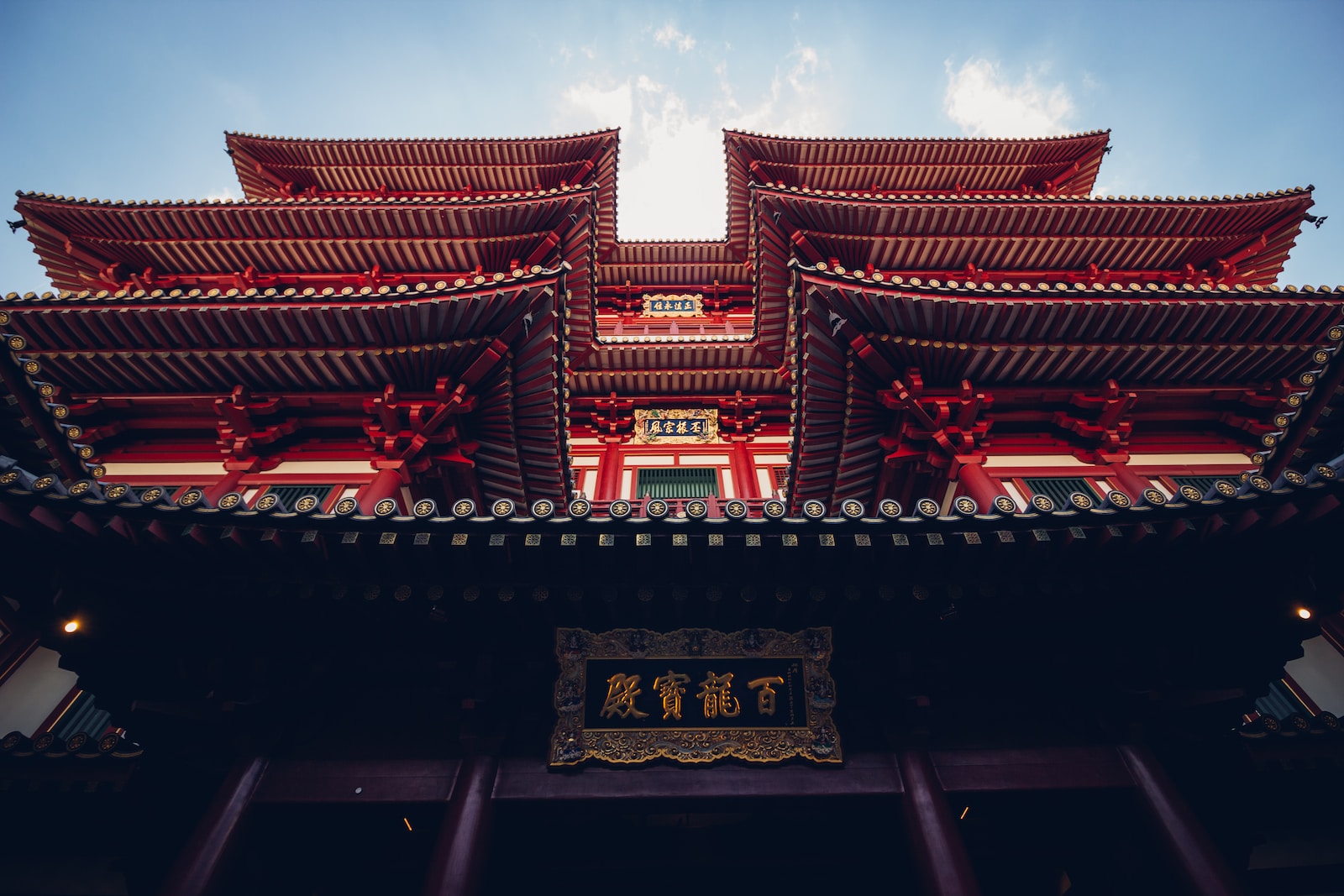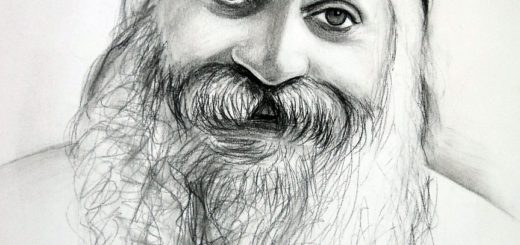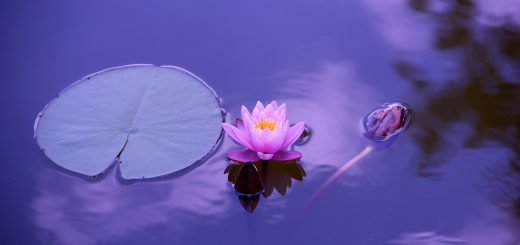Taoist Teachings That Make Letting Go Easier Than You Think

Hey there, amazing readers! 🖐️ Just a quick note: yes, we know there are a lot of ads here. Trust us, we get it—it’s not the prettiest look, but they help us keep this blog alive and kicking. Those pesky little ads cover the costs of all the behind-the-scenes magic, from hosting and tech stuff to creating content we hope you’ll love.
We’re committed to delivering quality posts, and your support (even just sticking around despite the ads) means everything to us. So, bear with us, and thanks for helping us keep the good vibes rolling. Now, on to the fun stuff! 😉
TRANSLATE BUTTON AT THE END OF THE ARTICLE
Taoism, an ancient Chinese philosophy and spiritual tradition, offers profound wisdom on how to navigate the complexities of life, especially when it comes to the art of letting go.
In a world that often encourages attachment, desire, and control, Taoism teaches us to embrace the natural flow of existence, to surrender our need for constant control, and to let go gracefully.
In this extensive article, we will explore 13 Taoist teachings that can make letting go much easier than you might think.
Understanding the Tao: The Way of the Universe
At the core of Taoism is the concept of the Tao, which can be translated as “the Way.” The Tao represents the natural order and rhythm of the universe.
To make letting go easier, it’s essential to understand that the more we resist the Tao, the more we suffer.
Letting go is, in essence, aligning ourselves with the Tao and allowing life to unfold naturally.
This profound concept, rooted in ancient Chinese wisdom, forms the foundation of our journey into the art of letting go.
Taoism emphasizes the importance of living in harmony with the Tao, and this harmony is found through acceptance, yielding, and letting go of resistance to the natural flow of things.
The Tao teaches us that life is a river, and we are the boats.
When we stop rowing against the current and instead allow ourselves to be carried by it, letting go becomes a graceful process.
Embracing Simplicity: The Path to Liberation
One of the fundamental teachings of Taoism is the value of simplicity.
In a world filled with complexity and distractions, simplifying your life can make letting go of unnecessary attachments much easier.
By decluttering your physical and mental space, you create room for tranquility and inner peace.
Simplicity is the key to finding the calm within and recognizing that the less we have, the more we gain in terms of inner peace and clarity.
When we surround ourselves with simplicity, we’re less burdened by the complexities of our possessions and desires.
This uncluttered existence allows us to let go more naturally, as we are not tied down by the many material and emotional trappings of a complicated life.
Practicing Wu Wei: The Art of Effortless Action
Wu Wei, often translated as “non-action” or “effortless action,” is a key concept in Taoism.
It doesn’t mean doing nothing but rather acting in a way that aligns with the Tao, without forcing or resisting.
When we practice Wu Wei, we stop struggling and allow things to unfold naturally.
This approach can significantly ease the process of letting go.
It’s about acting with intention but without attachment to outcomes.
In this way, you flow with life, making decisions and taking actions that are in harmony with the greater cosmic order.
Recognizing Impermanence: The Only Constant
Taoism reminds us that everything in the physical world is impermanent.
By accepting the impermanence of life, we can let go of attachment to material possessions, relationships, and even our own ego.
This recognition of impermanence helps us cultivate a more peaceful mindset.
Impermanence, when fully understood, allows us to see that everything is in a constant state of change, and attachment to the transient only leads to suffering.
As we contemplate the fleeting nature of all things, we can begin to release our grip on the ever-shifting sands of life, making the process of letting go more graceful and less painful.
Embracing Detachment: Freedom from Outcomes
Detachment doesn’t mean disengagement from life but rather maintaining a sense of non-attachment to outcomes.
When we let go of our fixation on specific results, we reduce anxiety and suffering.
Taoism teaches us to act without attachment, which can lead to a more relaxed and fulfilling existence.
By approaching life with an open heart and mind, unburdened by the need for things to turn out a certain way, we allow ourselves to embrace the present moment fully.
Going with the Flow: Surrendering to Life’s Currents
Flowing with life’s currents is a central teaching of Taoism.
When we try to swim against the stream, we exhaust ourselves.
Learning to let go and flow with the events and circumstances in our lives can lead to less stress and more contentment.
Going with the flow means being open to the unpredictable and uncontrollable nature of existence.
By acknowledging that life is ever-changing and sometimes tumultuous, we can navigate its waters more gracefully.
The Art of Silence: Finding Tranquility Within
Taoism places great importance on silence and stillness.
In our noisy and chaotic world, finding moments of silence can be a powerful way to let go of the constant mental chatter and stress.
Silence allows us to connect with our inner selves and the natural world.
Silence is where we can hear the whispers of the Tao and the wisdom of our own hearts.
It’s in these quiet moments that we can find solace and release the burdens we carry.
Balance and Harmony: The Taoist Way of Life
Taoist philosophy emphasizes the importance of balance and harmony in all aspects of life.
When we strive for balance, we reduce extremes that can lead to attachment or aversion.
Finding harmony in our actions and thoughts can make letting go a smoother process.
It’s about understanding that life’s dance is a balance between opposites, and we find peace when we don’t tip too far in one direction.
Self-Reflection: The Mirror of the Soul
Self-reflection is a practice highly valued in Taoism.
It encourages us to examine our thoughts, emotions, and actions.
Through self-awareness, we can identify areas where we are holding on too tightly and, as a result, work on letting go with greater ease.
Self-reflection is like polishing the mirror of the soul, allowing us to see more clearly and release the distortions that cloud our perception.
Trusting Intuition: The Inner Compass
Taoism teaches us to trust our inner wisdom, our intuition.
When we listen to our intuition, we often make decisions that align with the Tao, leading to a more effortless release of control.
Letting go becomes a natural response when we trust our inner guidance.
Our intuition is our connection to the universal wisdom that flows through all things, and when we heed its advice, we surrender our need for rigid control.
Accepting Change: Embracing the Ever-Shifting
Change is an inherent part of life, and Taoism reminds us to embrace it rather than resist it.
When we accept that change is inevitable, we are more prepared to let go of the past and move forward with grace.
Change is the constant backdrop of our existence, and when we open ourselves to it, we allow new opportunities and experiences to come our way.
Finding Contentment in the Present: The Eternal Now
Taoism emphasizes the importance of living in the present moment.
When we focus on the now, we let go of regrets about the past and worries about the future.
This presence in the moment can be a powerful way to ease the burden of holding on to what was or what might be.
The present moment is the only place where life unfolds, and by dwelling in it, we release the weight of our attachments to the past and future.
Surrendering the Ego: The Release of Self
Finally, Taoism encourages us to surrender the ego.
The ego often clings to
desires, fears, and expectations.
By transcending the ego, we release the need for control and can let go of attachments more freely.
The ego is the voice that tells us to hold on tightly to what we believe defines us.
But in surrendering the ego, we discover a sense of liberation that allows us to flow with life’s current without resistance.
Conclusion
Letting go is a profound art, and Taoism provides invaluable teachings to make this process easier.
By understanding the Tao, embracing simplicity, practicing Wu Wei, and embodying the other principles discussed in this extensive article, you can navigate the journey of life with more ease, grace, and contentment.
7 FAQs About Letting Go the Taoist Way
1.
What is the Tao in Taoism?
The Tao, often translated as “the Way,” is the natural order and rhythm of the universe.
It represents the core concept of Taoism.
2.
How can I simplify my life, as suggested by Taoism?
Simplifying your life involves decluttering your physical and mental space, reducing distractions, and focusing on what truly matters.
3.
What is Wu Wei, and how does it relate to letting go?
Wu Wei is “non-action” or “effortless action.” It involves aligning your actions with the Tao and not forcing or resisting, making letting go a more natural process.
4.
Why is recognizing impermanence important in letting go?
Recognizing impermanence helps us let go of attachment to things that are constantly changing, reducing our suffering and anxiety.
5.
What does it mean to go with the flow in Taoism?
Going with the flow means accepting the natural currents of life and not struggling against them, reducing stress and enhancing contentment.
6.
How can I find moments of silence, as advised by Taoism?
You can find moments of silence through meditation, spending time in nature, or simply setting aside time for quiet contemplation.
7.
What is the significance of surrendering the ego in Taoism?
Surrendering the ego means letting go of desires, fears, and expectations, allowing for a more graceful release of attachments.
Incorporating these Taoist teachings into your life can lead to a profound transformation, making the journey of letting go much smoother and more fulfilling.
The path of the Tao is not about renouncing life but about living it fully, with wisdom and grace.
By embracing these teachings, you embark on a journey towards a more liberated and peaceful existence.

The Enlightenment Journey is a remarkable collection of writings authored by a distinguished group of experts in the fields of spirituality, new age, and esoteric knowledge.
This anthology features a diverse assembly of well-experienced authors who bring their profound insights and credible perspectives to the forefront.
Each contributor possesses a wealth of knowledge and wisdom, making them authorities in their respective domains.
Together, they offer readers a transformative journey into the realms of spiritual growth, self-discovery, and esoteric enlightenment.
The Enlightenment Journey is a testament to the collective expertise of these luminaries, providing readers with a rich tapestry of ideas and information to illuminate their spiritual path.
Our Diverse Expertise 🌟
While our primary focus is on spirituality and esotericism, we are equally passionate about exploring a wide range of other topics and niches 🌍📚. Our experienced team is dedicated to delivering high-quality, informative content across various subjects ✨.
To ensure we provide the most accurate and valuable insights, we collaborate with trusted experts in their respective domains 🧑🏫👩🏫. This allows us to offer well-rounded perspectives and knowledge to our readers.
Our blog originally focused on spirituality and metaphysics, but we’ve since expanded to cover a wide range of niches. Don’t worry—we continue to publish a lot of articles on spirituality! Frequently visit our blog to explore our diverse content and stay tuned for more insightful reads.





